Need a cost effective TP (Tmall Partner) to sell in China?
We are an Official Tmall Partner e-commerce Agency. Our Services: E-Commerce, Search Engine Optimization, Advertising, Weibo, WeChat, WeChat Store & PR.
This article offers a deep dive into the latest trends shaping consumer behavior, technological advancements, and strategic business opportunities in one of the world’s most rapidly changing economies. Perfect for businesses and marketers aiming to stay ahead in the vibrant Chinese market, the article provides valuable insights and foresight into the future of commerce in this influential region.
A Cautious Consumption
In response to the economic cooling in China, fashion trends are shifting from bold, vibrant styles to more subdued, timeless looks. This change is evident in the rise of the “Maillard reaction” and “Chinese old money” aesthetics, characterized by neutral color palettes and heritage-inspired designs. The Maillard trend, named after a cooking term, emphasizes neutral tones and has become popular on social media platforms like Douyin and Little Red Book .
Chinese people reaction (美拉德反应) and Chinese old money (中式老钱风) are among the fastest-growing trends online , source
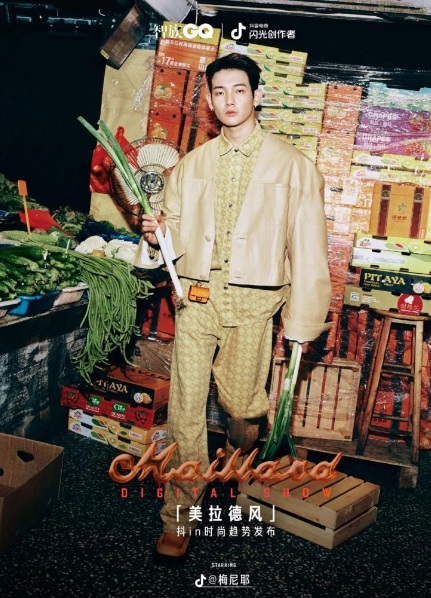
Brands like Max Mara are tapping into this trend, showcasing their adaptability to the evolving Chinese social media scene. This trend highlights a broader movement towards quiet and a preference for calming, understated styles among Chinese consumers
Quiet Selling is Trendy in China
In a shift from traditional high-energy livestream selling, the trend of ‘quiet selling’ is gaining traction in China, as seen in celebrity Annie Yi’s approach on Xiaohongshu. This method emphasizes authenticity and personal storytelling, appealing to consumers seeking a more genuine connection with brands and influencers. It signifies a change in consumer preferences, where less aggressive selling and authentic interactions are increasingly valued.
The consumming scene in China is transitioning from vibrant “dopamine” styles to more subtle and classic looks, as seen in the popularity of the Maillard style’s neutral tones and the Chinese old money aesthetic. This shift, also evident in emerging trends like clean fit and academic chic, mirrors economic challenges similar to those in the West, such as rising youth unemployment. Despite these challenges, China’s luxury market remains robust, with high-net-worth individuals increasingly driving luxury consumption. This evolving landscape, while influenced by global trends, maintains its unique trajectory in China.
Celebrities are Back
Selecting the right celebrity endorser is crucial for luxury fashion brands, especially in today’s market where Western ambassadors dominate. However, there’s a growing trend towards embracing Chinese talent, as luxury houses recognize the importance of connecting with the mainland market. This year saw a significant rise in Chinese stars becoming the face of major fashion brands, indicating a shift in the industry’s focus. This change not only boosts local demand but also positions these celebrities as global fashion influencers.
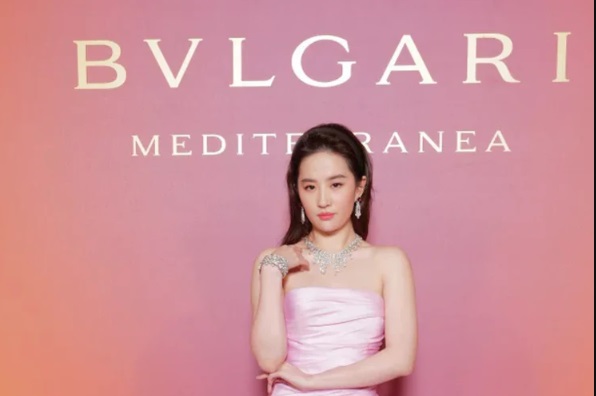
Bvulgari in China Star liuyifei
Regarding collaboration with stars in China, here are 10 tips:
- Understand the Celebrity’s Influence: Assess their reach and resonance with your target market.
- Align Brand Values: Ensure the celebrity’s image complements your brand ethos.
- Leverage Social Media: Utilize the celebrity’s social media platforms for promotion.
- Create Authentic Partnerships: Develop collaborations that feel genuine and authentic.
- Utilize E-Commerce Platforms: Integrate celebrity endorsements in online sales strategies.
- Focus on Storytelling: Build narratives around the celebrity-brand partnership.
- Engage in Event Marketing: Use public appearances and events for promotions.
- Monitor Public Perception: Stay attuned to how the collaboration is received.
- Innovate in Campaigns: Use creative and unique marketing strategies.
- Plan Long-Term Relationships: Consider the sustainability of the partnership.
The She Economy is still active
The luxury market is witnessing a shift driven by the increasing economic power of women. Key points from ecommercechinaagency:
- Women with higher incomes are spending significantly on luxury items.
- Women’s luxury spending often surpasses that of men.
- Personal achievement and self-reward motivate these purchases.
- In China, female empowerment is expected to substantially boost consumer spending by 2030.
- Social media in China plays a pivotal role in influencing and showcasing luxury trends and products, further amplifying women’s impact on the luxury sector.
China ‘She Economy’, Top Consumers Group Among Chinese Women

Targetting Gen Z is challenging
How luxury brands are using memes to connect with Gen Z, a generation that values humor and relatability in marketing. Memes, with their viral and engaging nature, provide an innovative way for luxury houses to make their heritage and values more accessible to younger audiences.

Gen Z in China and Collaboration Tips:
- Digitally Savvy: Gen Z in China is highly connected, spending significant time on digital platforms.
- Value Authenticity: They prefer brands that are authentic and align with their personal values.
- Culturally Aware: They are culturally informed and appreciate when brands respect and incorporate local nuances.
- Eco-conscious: Environmental sustainability is important to them.
- Seek Personalization: They value customized experiences and products.
Tips for Collaborating with Gen Z in China:
- Engage on Preferred Platforms: Connect with them on popular social media like Weibo and Douyin.
- Utilize Influencer Marketing: Collaborate with influencers who resonate with Gen Z.
- Create Interactive Content: Focus on interactive and engaging content, including AR and VR experiences.
- Promote Sustainability: Highlight eco-friendly and sustainable practices.
- Offer Personalized Experiences: Tailor products and services to their individual preferences and behaviors.
Premimization of the Chinese Market
The luxury market has always been dynamic, but recent shifts have introduced new complexities, particularly in the context of the Chinese market. As we approach 2030, a significant transformation is underway, spurred by changing consumer behaviors and evolving perceptions of what constitutes luxury.
The term ‘modern luxury’ has become ubiquitous in the fashion and luxury goods industry. Initially, it signified a blend of advanced technology, sustainability, and innovative design, but its overuse has rendered it broad and nondescript. The danger lies in this vagueness; brands that over-rely on this term often struggle to differentiate themselves, falling into a ‘sea of sameness.’
The aspiration to be perceived as ‘modern’ is particularly strong among brands targeting Gen Z and young millennials. However, striving to be modern for its own sake is fraught with risks. Without a clear, client-centered understanding of modern luxury, brands risk diluting their identity. This lack of specificity not only confuses customers but also obscures a brand’s internal vision and mission.
As we look towards 2030, Bain & Co’s reports indicate that Chinese consumers are set to lead the personal goods market. This shift is deeply rooted in cultural and economic transformations within China, emphasizing the need for brands to understand and cater to this burgeoning demographic.
The key to brand distinction lies not in chasing buzzwords but in translating the brand vision into a compelling, unique narrative. This narrative should transcend the misleading allure of modernity and tap into the brand’s timeless essence. The best brands maintain their core values consistently, setting them apart in a crowded marketplace.
Storytellinng
Many brands fall into the trap of prioritizing appearance over substance. The quest to seem modern often leads to a superficial adoption of trends, without integrating them meaningfully into the brand’s core values and customer expectations.
Technology In China … Advanced reality, AI KOL
Increased Use of AI and AR: Advanced technologies like artificial intelligence and augmented reality are enhancing the online shopping experience.
AI KOLs (Key Opinion Leaders) in China are virtual influencers created using advanced AI technology. They are gaining popularity due to their ability to engage with audiences around the clock and their perfect brand alignment. These AI influencers represent a blend of technology and creativity, offering unique marketing opportunities.
Five key trends in AI KOLs in China:
- Hyper-realistic appearances and personalities.
- Integration with e-commerce platforms for seamless marketing.
- Customizable content creation.
- Consistent and controllable brand messaging.
- Increasing use in sectors like fashion, beauty, and tech.
Five notable AI KOLs in China:
- Luo Tianyi
- Ayayi
- Xiaoice
- Imma
- Noonoouri
Understanding luxury Through the Lens of the Consumer
What defines “Luxury” is ultimately decided by the client (not by brands anymore)
In conversations with affluent new luxury clients, terms like ‘modern luxury’ rarely surface. Instead, clients seek meaning, emotional connections, community, artistry, and unique experiences. These elements form the core of true luxury.
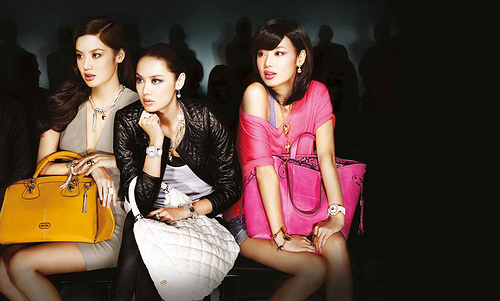
The Chinese Consumer’s Perspective
In China, the luxury consumer’s perspective is particularly unique. The emphasis is on a blend of cultural heritage, cutting-edge innovation, and a deep sense of personal value. As Chinese consumers become increasingly influential in the luxury market, understanding their preferences and values becomes crucial.
Personalized shopping experiences in e-commerce are increasingly crucial, especially in China’s competitive market. Brands are focusing on customization and personalization to cater to individual customer preferences. This approach not only enhances the shopping experience but also builds customer loyalty.
10 Tips for Brands to Activate Personalized Shopping in China:
- Leverage Data Analytics: Use customer data to personalize recommendations.
- AI-Based Customization: Implement AI for tailored product suggestions.
- Interactive Quizzes: Use quizzes to understand customer preferences.
- Localized Content: Customize content for regional preferences within China.
- Collaborate with Niche KOLs: Partner with KOLs who resonate with target demographics.
- Use AR for Virtual Try-Ons: Implement AR for a realistic product experience.
- Loyalty Programs: Offer personalized rewards based on customer interactions.
- Customized Email Marketing: Send personalized emails based on browsing and purchase history.
- Social Media Engagement: Use social media for targeted campaigns and feedback.
- Seamless Omnichannel Experience: Ensure consistency across all platforms.
Brand Strategies for the Chinese Market

For luxury brands looking to succeed in China, several strategies are essential:
- Cultural Adaptation: Aligning with the cultural nuances and preferences of Chinese consumers is key.
- Digital : Embracing China’s advanced digital ecosystem, including e-commerce and social media platforms.
- Storytelling: Developing narratives that resonate with the Chinese consumer’s values and aspirations.
- branding = Quality: Focusing on sustainable practices and high-quality products that align with the growing environmental awareness among Chinese consumers.
- Personalization: Offering personalized experiences and products to meet the individual needs and tastes of consumers.
As the China market evolves, particularly in China, brands must adapt by focusing on authentic narratives, cultural relevance, and meaningful connections with their consumers. The future of China is not just about being modern or trendy; it’s about creating a unique value proposition that resonates deeply with a sophisticated and increasingly influential consumer base.

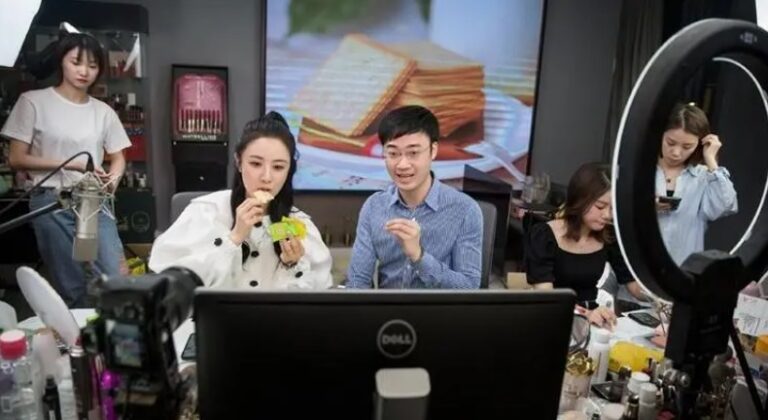

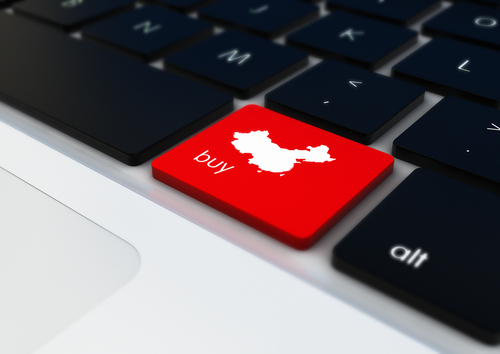


Check on linkedin, new trends Drone live show in China, https://www.linkedin.com/posts/olivierverot_china-chinabusiness-business-activity-7152569626579595267-_U41